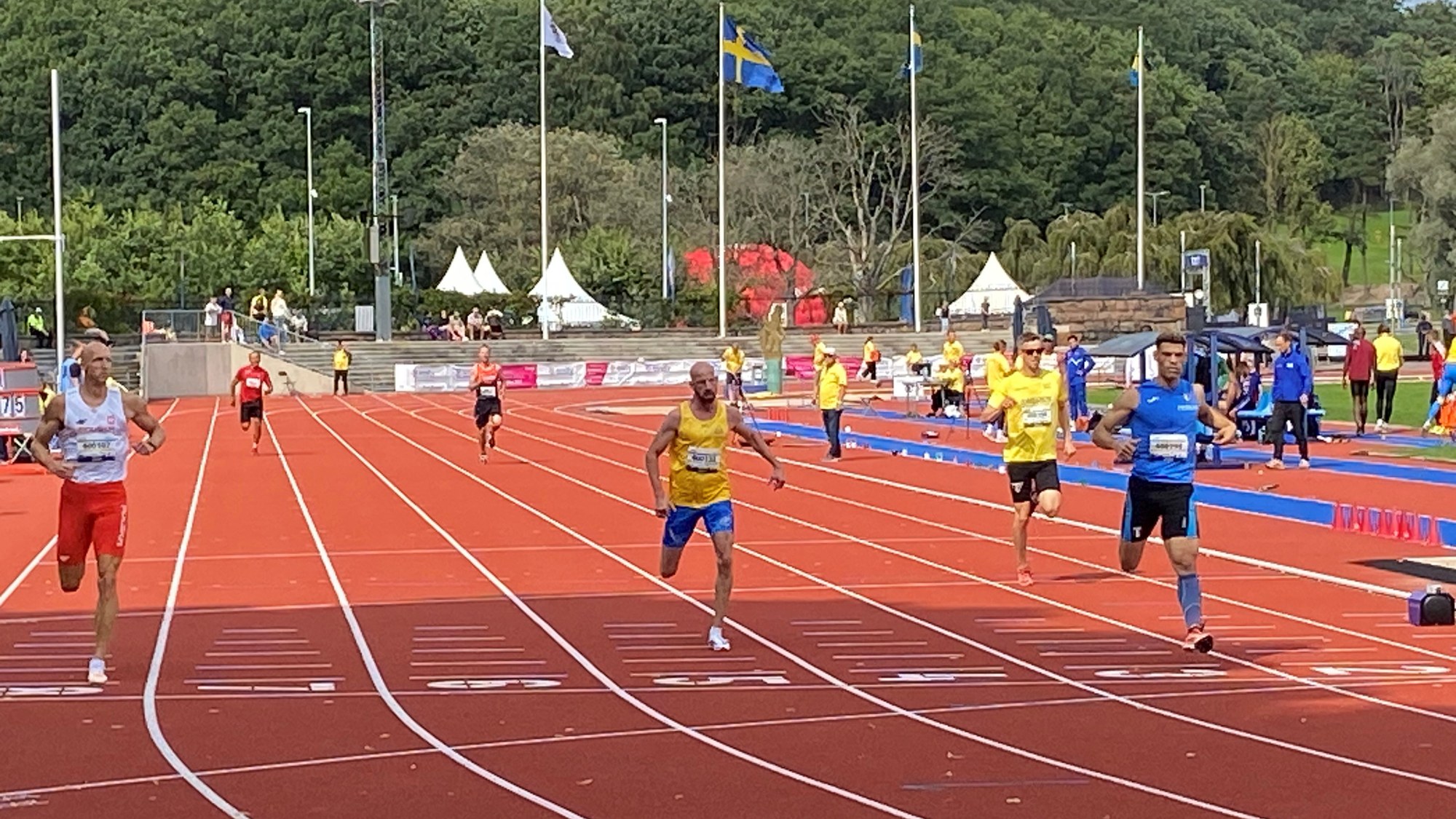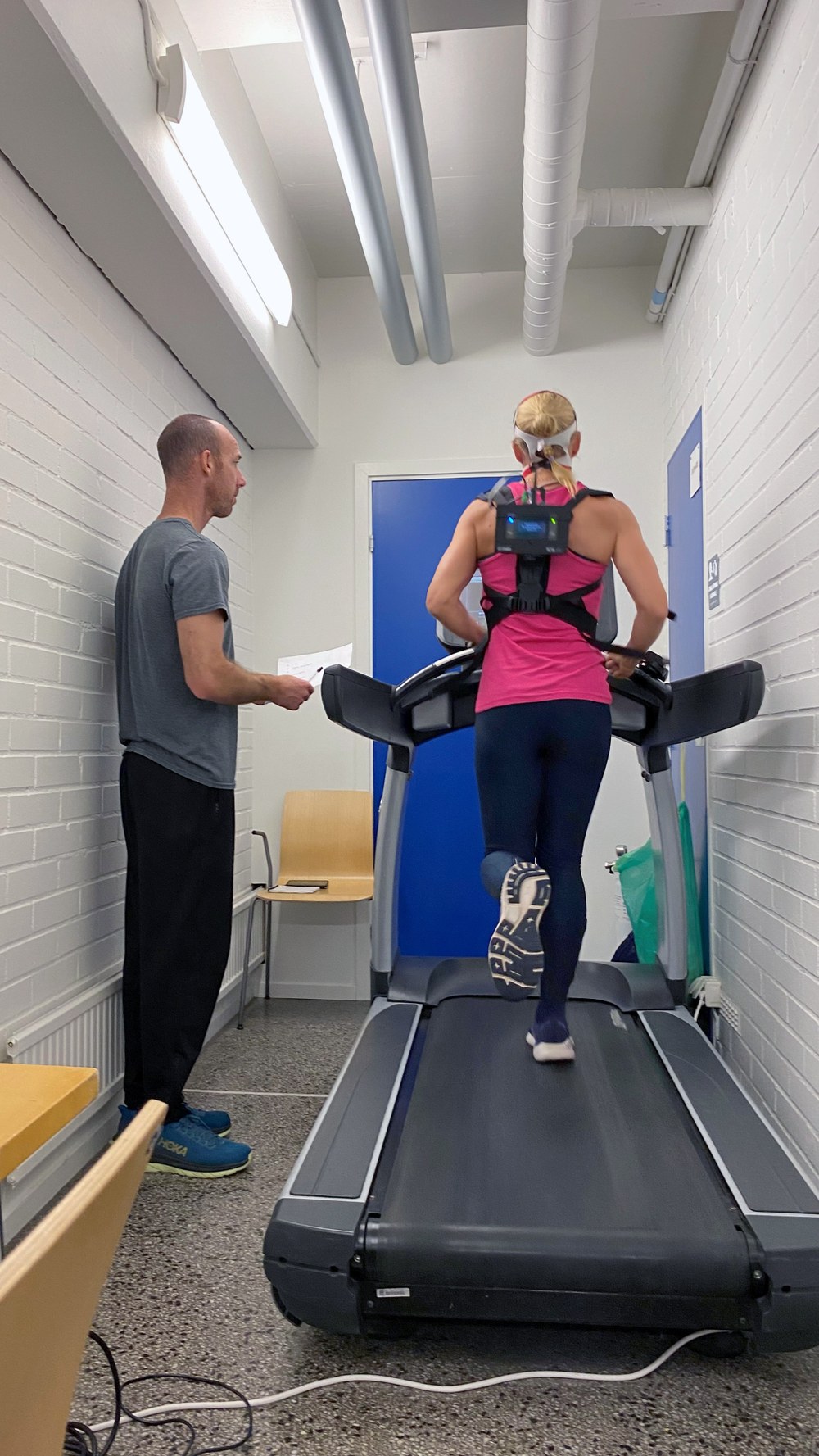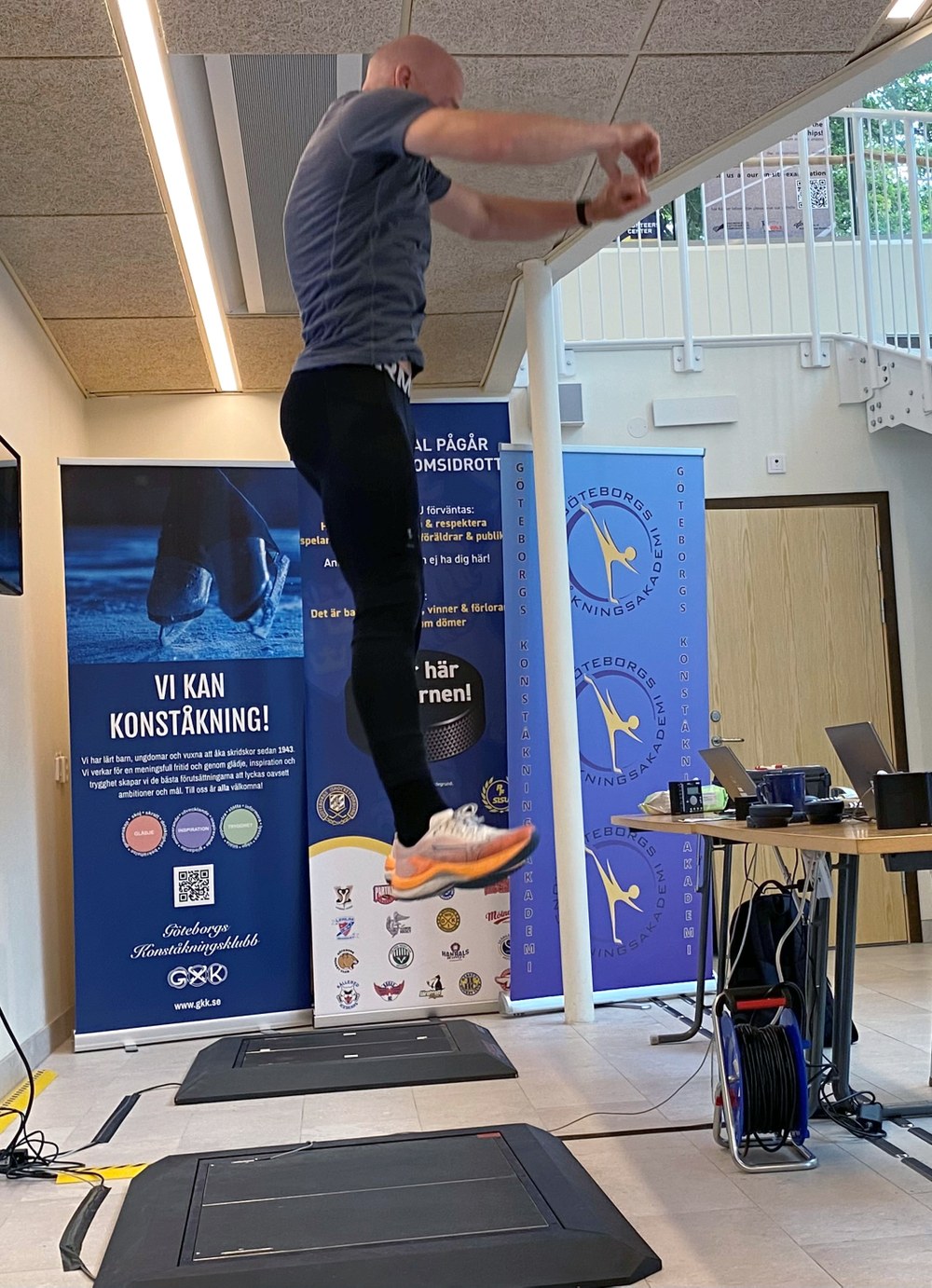Sport for older athletes: athletes in World Masters Athletics Championships also excel in science

The first week of the World Masters Athletics Championships in Gothenburg is behind us, and the first gold, silver and bronze medals have been awarded. Many of the participants in the competition, dedicated to senior athletes, are also taking part in the DLR TaFMAC (‘Track and Field Masters Athletics Cohort’) study on the stadium grounds. While many are keen to tell us about their competition performances, this is not their only area of focus. Even after their events, the athletes are still extremely attentive and motivated during our study on the effects of competitive sport on older age groups. They all want to achieve top results in their health and fitness examinations and make a contribution to science.

One of the examinations that takes place early in the morning is the resting metabolic rate test. Energy consumption measured through respiratory gases helps the athletes to estimate their total daily energy requirements. During the test, which takes place before their first food intake, the participants lie quietly under a canopy for 30 minutes.
The proportion of fat and carbohydrates that the body burns at rest can also be estimated. A high proportion of carbohydrates in the resting energy expenditure indicates an altered glucose metabolism, which in turn may signal a tendency towards weight gain. So far however, none of our test subjects have shown particular abnormalities. Blood samples are also taken at this station to measure, for example, insulin and glucose levels, which provides information on metabolic health and the risk of diabetes.

Participants undergo a resting electrocardiogram (ECG) at another station. The ECG measures the electrical activity of the heart and is a prerequisite for the intensive VO2max test. We tell the test subjects, "Your job is to relax!".
In the subsequent VO2max experiment, the most stress-intensive of our TaFMAC tests, we record the athletes' endurance performance on the treadmill. The participants run for 20 minutes at a speed they can manage, while the treadmill inclines more steeply every two minutes. This measures how much oxygen is absorbed at maximum exertion. The heart rate and oxygen saturation in the blood are also recorded.
Scientists at the University of Saskatchewan in Canada have already carried out this experiment at the World Masters Athletics Championships over the past two years and can use their ever-growing pool of data to compare both individual disciplines and the various age groups. They have established that running technique plays a major role in improving performance. Normally, endurance specialists perform best in this test among younger participants, but in older age groups, surprisingly, the sprinters also fare exceptionally well. In Gothenburg, a 68-year-old 500-metre sprinter achieved the same results as a 20-year-old who does not participate in athletics at this level.

Using questionnaires, researchers from the University of Texas at Austin and the German Sport University Cologne want to find out more about the athletes' personal histories. The focus here is on the participants' quality of life, knowledge, nutrition, motivation for their sporting performance and particularly women’s health.
In the anonymised survey, the team is looking to discover what the athletes themselves know about these topics and how they use this knowledge in their competitive endeavours. Does training have a positive impact on their quality of life? What is the secret of their impressive sporting abilities and what is their personal history? How do they manage to maintain their motivation for sport over decades and even into old age? We hope to be able to answer these and other questions in our study.

During the jumping test on a force plate, athletes are required to make a physical effort and are cheered on loudly by our team. During the vertical jumps, which are performed from a standing position, the test subjects rest their hands on their hips so that their arms cannot swing. The aim is to jump as high as possible.
The athletes then perform a series of single-leg ankle hops, with the best of three performances recorded. We use the various jumping exercises to assess skills for sprinting and jumping events, and we also calculate the hip-to-waist ratio and measure grip strength at this station.
We look forward to seeing many more amazing test subjects and wish all the athletes the best of luck in their respective events!
Related links
Tags:
